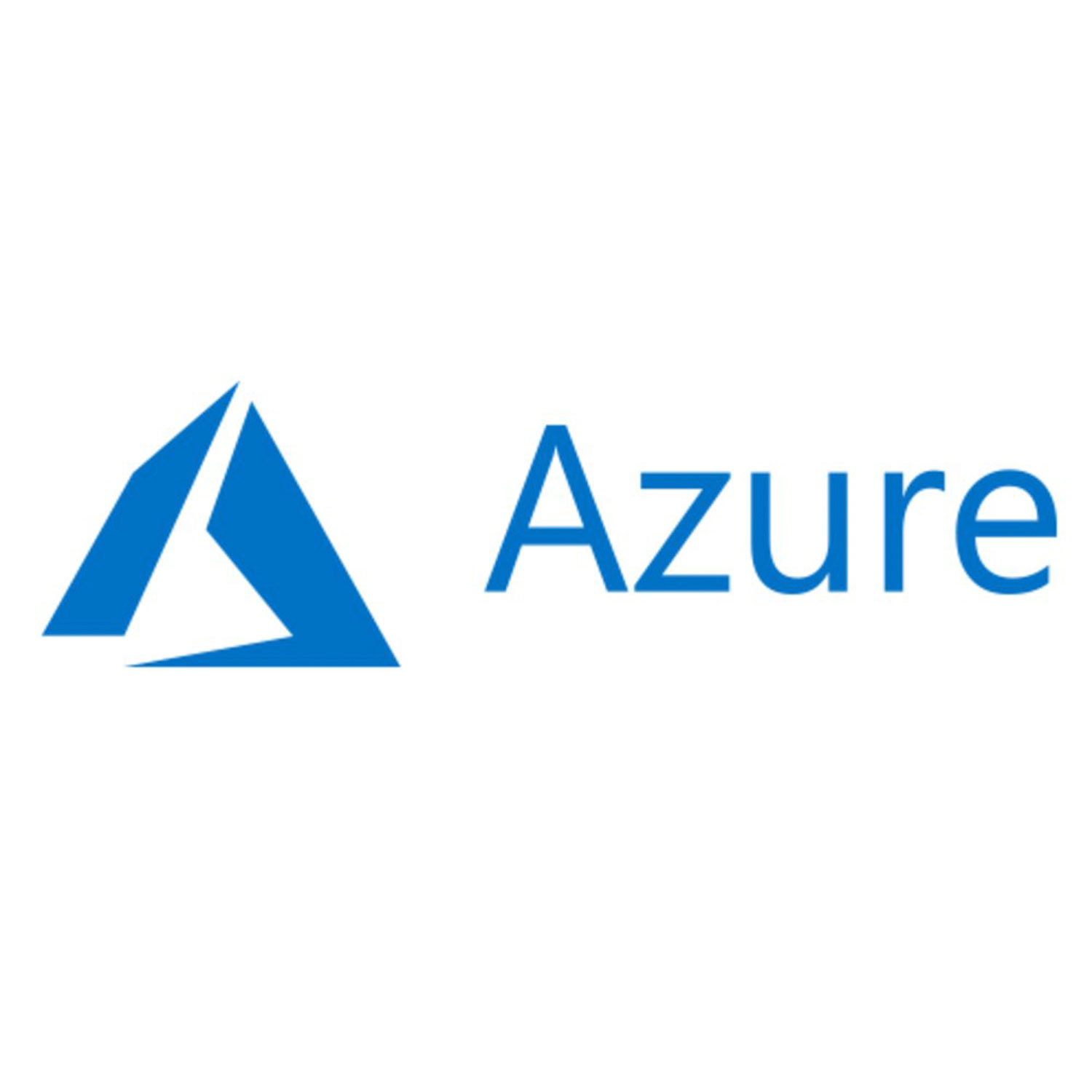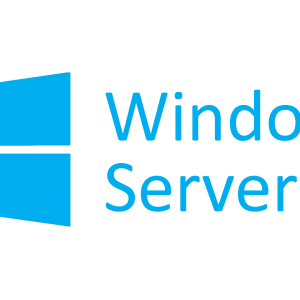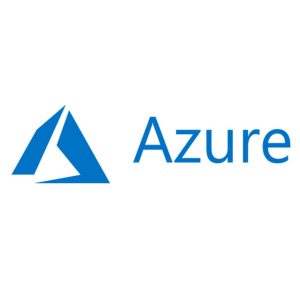Description
(On
About this On Demand Course
The Microsoft on-demand product is an integrated on-line training experience that includes video, labs, exercises, text and knowledge checks. Attendees experience all of this through an on-demand course player.
What’s included?
-
Access to the official Microsoft Video on Demand Course for 90 days from the point of first access, allowing you to start and stop when you need to.
-
Lab access for 3 months from start of access.
-
Digital edition of the Microsoft Official Curriculum (DMOC) manual for reference throughout your course. All DMOC come with fresh editions so your courseware will always be up to date.
-
MCT Support via our Microsoft Training Support Yammer Group (you will be invited to the group after registration)
The content is based on the same official courseware we use in our instructor-led training, and videos feature engaging experts hand-selected by Microsoft. Unlike other on-demand offerings that offer simulated labs, MOC On-Demand gives you a live, real-time environment for hands-on training.
About this course
This course provides the underlying knowledge required by all individuals who will be evaluating Microsoft Azure, regardless of whether they are an administrator, developer, or database administrator. This course also provides the pre-requisite knowledge for students wishing to attend course 20532C Developing Microsoft Azure Solutions, or course 20533C Implementing Microsoft Azure Infrastructure Solutions.
During this course, students will be introduced to the principles of cloud computing and will become familiar how these principles have been implemented in Microsoft Azure. In addition, this course will take students through the process of implementing the core Azure infrastructure, consisting of virtual networks and storage. With this foundation, students will learn how to create the most common Azure services, including Azure virtual machines (VMs), Web Apps, and SQL Databases. The course will conclude by describing features of Azure Active Directory (Azure AD) and methods of integrating it with on-premises Active Directory.
Due to Microsoft’s constant desire to make the Azure Portal experience as simple as possible, Microsoft is constantly modifying the Azure Management Portal. Because of this some of the lab instructions will be incorrect as written. We endeavor to validate all lab instructions prior to the class running, but please be aware that Microsoft makes these changes without any notification, and may change something during the week the course is being presented.
Please be patient during the class as we are doing our best to keep on top of all of these changes so that our instructors can better present the information to the students.
Audience profile
This course is intended for individuals who want to evaluate deploying, configuring, and administering services and VMs using Azure, including:
-
Developers who want to evaluate creating Azure solutions.
-
Windows Server administrators who are looking to evaluate the migration of on-premises Active Directory services and roles to the cloud.
-
IT professionals who want to evaluate the use of Azure to host web sites and mobile app back-end services.
-
Database administrators who want to evaluate the use of Azure to host SQL databases.
Prerequisites
Before attending this course, students must have a background in IT.
In addition to their professional experience, students who attend this training should already have the following technical knowledge:
-
Understanding of websites.
-
A basic understanding of virtualization.
-
A basic understanding of Active Directory concepts, including domains, users, and domain controllers.
-
A basic understanding of database concepts including tables and simple queries.
At course completion
After completing this course, students will be able to:
-
Describe cloud computing, Azure, and Azure subscriptions.
-
Describe and create Azure Web Apps.
-
Create and configure VMs in Microsoft Azure.
-
Create an Azure virtual network.
-
Describe Azure storage.
-
Describe and deploy databases in Azure.
-
Describe Azure AD.
Course Outline
Module 1: Getting Started with Microsoft Azure
This module introduces students to cloud services and the various Azure services. It describes how to use the Azure portal to access and manage Azure services, and to manage Azure subscription and billing.
Lessons
What is cloud computing?
What is Azure?
Managing Azure
Subscription management, support, and billing
Lab: Using the Azure portals
Customizing the Azure portal interface
Viewing billing, usage, and quotas data
Module 2: Microsoft Azure management tools
This module explains Azure PowerShell and its use in managing Azure subscriptions. It also describes the Azure Software Development Kit (SDK) and the Azure cross-platform command-line interface, and explains their benefits and uses.
Lessons
What is Azure PowerShell
The Azure SDK and the Azure CLI
Lab: Using Microsoft Azure management tools
Using the Azure PowerShell modules
Use the Azure CLI
Module 3: Virtual machines in Microsoft Azure
This module explains how to use Azure to deploy virtual machines. It also explains the highly available and scalable configuration of Azure virtual machines, and the management of virtual machine disks by using Azure.
Lessons
Creating and configuring VMs
Configure disks
Lab: Creating a VM in Azure
Create a VM from the Azure Portal by using an Azure Marketplace image
Verify the functionality of the VM
Configure storage of a VM
Module 4: Web Apps and cloud services
This module explains how to create, configure, and monitor Web apps by using Azure. It also describes the creation and deployment of Cloud Services on Azure.
Lessons
Creating and configuring web apps
Deploying and monitoring web apps
Creating and deploying PaaS cloud services
Lab: Web Apps and cloud services
Creating and configuring a WordPress web app
Create a cloud service
Module 5: Creating and configuring virtual networks
This module explains Azure virtual networks and how to create them. It also covers variety of virtual network components, focusing in particular on Azure load balancers.
Lessons
Getting started with virtual networks
Creating a virtual network
Getting started with Azure Load Balancers
Lab: Create a virtual network
Creating a virtual network
Verifying virtual network functionality
Module 6: Cloud storage
This module explains the use of cloud storage and its benefits. It also explains how to create, manage, and configure cloud storage in Azure.
Lessons
Understanding cloud storage
Create and manage storage
Lab: Configure Azure Storage
Create an Azure Storage account
Create and manage blobs
Module 7: Microsoft Azure databases
This module explains the options available for storing relational data in Azure. It also explains how to use Microsoft Azure SQL Database to create, configure, and manage SQL databases in Azure.
Lessons
Understanding options for relational database deployment
Creating and connecting to Azure SQL databases
Lab: Creating a SQL Database in Azure
Create a new Azure SQL database in Azure and configure SQL Server firewall rules
Manage content of an Azure SQL database by using SQL Server Management Studio
Module 8: Creating and managing Azure AD
This module explains how to use Azure AD and Azure Multi-Factor Authentication to enhance security. It explains how to create users, domains, and tenants in Azure AD, and how to use Multi-Factor Authentication and single sign-on (SSO).
Lessons
Overview of Azure AD
Manage Azure AD authentication
Lab: Create users in Azure Active Directory tenants
Create users in Azure AD
Create a new Azure AD Tenant and a custom DNS domain



